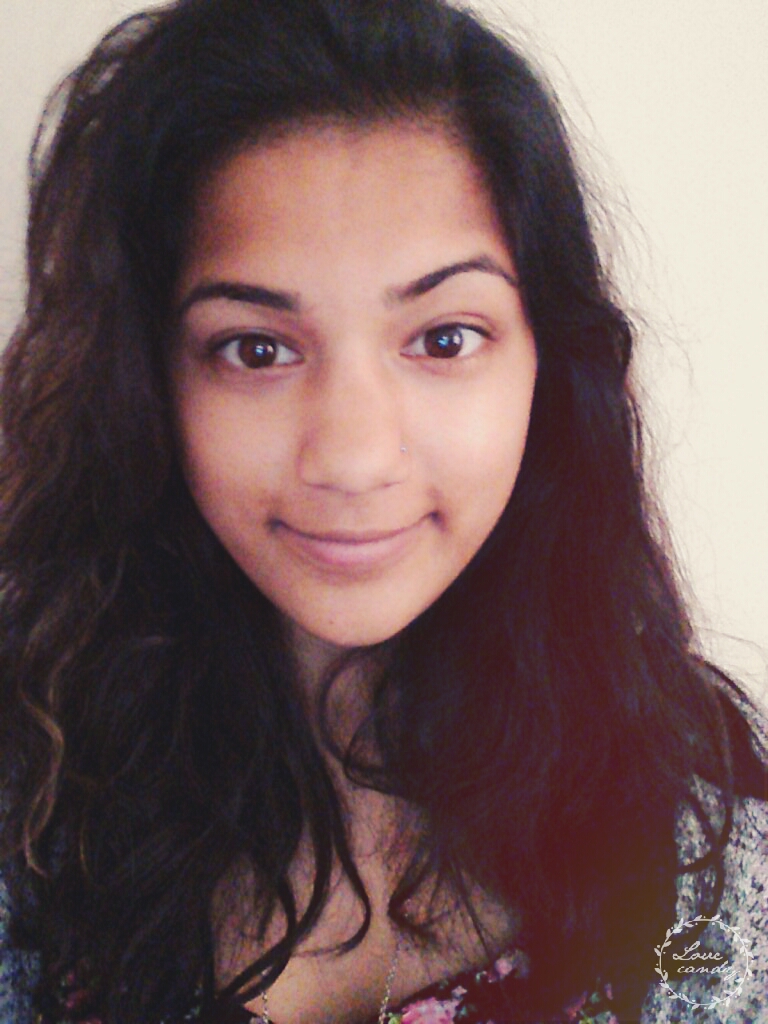
During the fall and spring semesters of 2015-16, Naimah participated in the South Asia Center’s C.U. in India program, which began with a semester in the classroom with an introduction to the topic and study of the great monuments of India. She then spent the winter break in India completing her in country course requirements, and later completed her research project for the course in the spring. Her research project was inspired by in–field observations and research and analysis, and brought together theory and practicum on the topic.
"My research paper focused on vandalism of the great monuments of India. In the paper, I look at how over time, the changes and modifications to monuments have been interpreted differently. While in India, we visited several monuments that we had previously surveyed while completing the in-class component of the course. Seeing these monuments before me, I became curious about the changes that had been made to them over the years, and began my research project. I focused my efforts on four case studies which included the Hampi Bazaar, the tomb of the Mughal Emperor Aurangzeb, the Ajanta Caves, and temple desecration in the Indo-Gangetic Plain. The objective was to begin to understand what the term “vandalism” meant, and how its definition changed and was viewed among successive generations. I argue in my research paper that the operationalization of monument vandalism differs according to context and time. Throughout different periods in history, the same changes were interpreted differently –with them being considered vandalism at some junctures and then more acceptable at others. There has also been some switching between the two positions.
The fall semester of the program was dedicated to learning about several notable monuments of India, their historical context, and their architectural design. The most difficult part for me was narrowing down my topic and organizing the large volume of information for the project. I was able to draw on my data organizing skills gained from my sociology minor and apply these to the information from the monuments. This helped me determine the case studies to support my thesis. I narrowed down the case studies by creating a chart of monuments that we had previously discussed in class and then organized the changes by type, focusing on the most significant changes that offered a unique insight on how to interpret vandalism.
The most rewarding part of my project was the opportunity to explore a topic that I took for granted. Vandalism is something that we see everywhere, on the side of buildings, in public spaces and in particular neighborhoods. It wasn’t until I finished my research that I understood that acts of vandalism and property defacement could be viewed in a new light. I now appreciate that carving a name on a wall or colorful spray paint graffiti can be seen as destructive today, but may be interpreted as not only artistic but also historic in the future."

 South Asia Studies
South Asia Studies